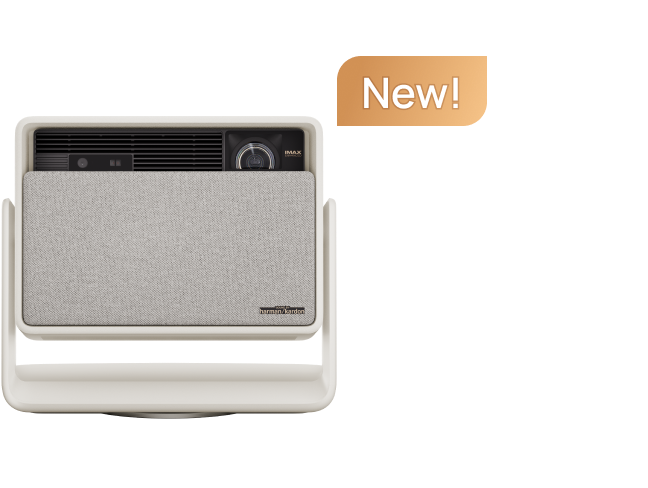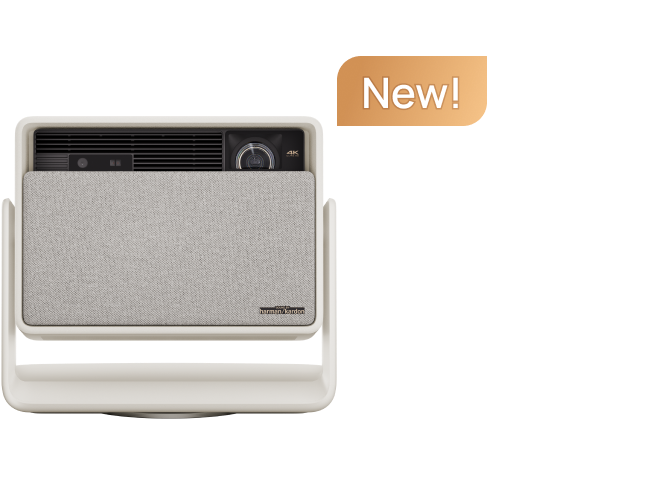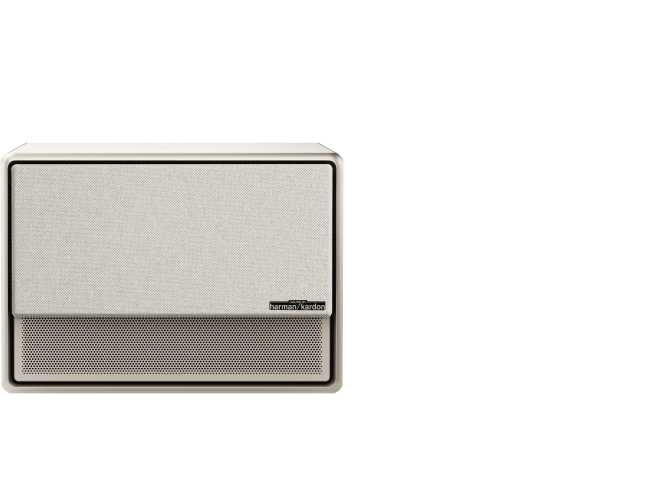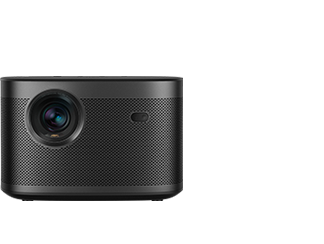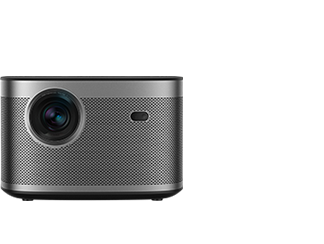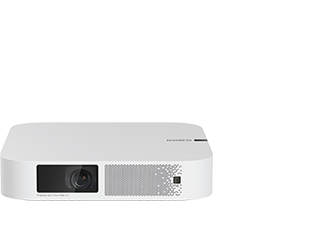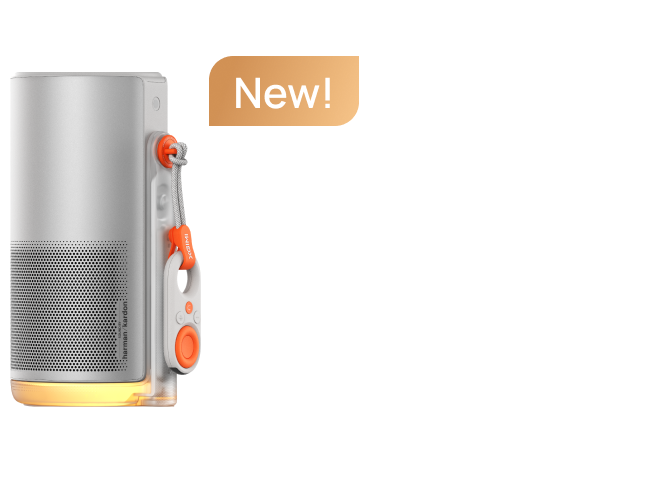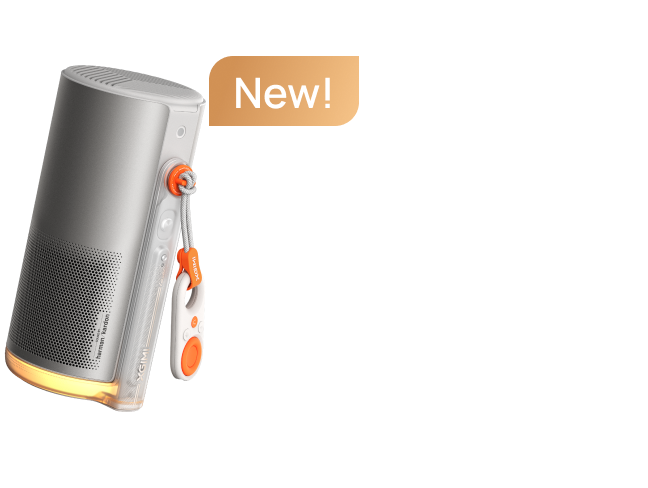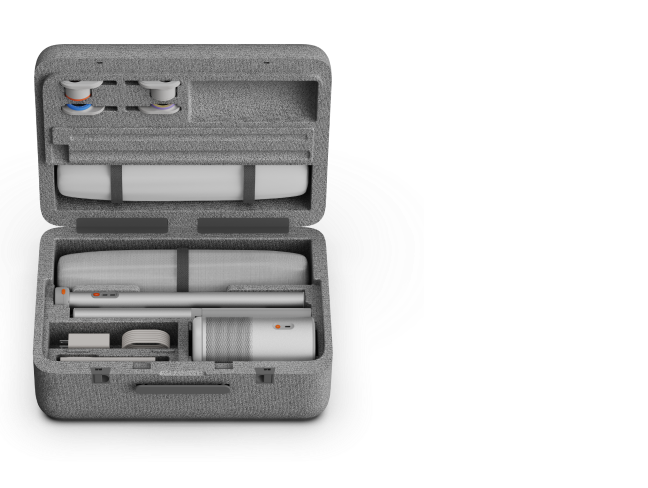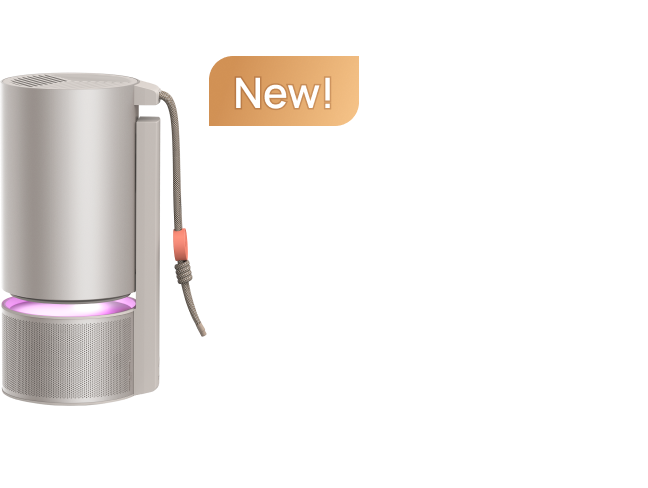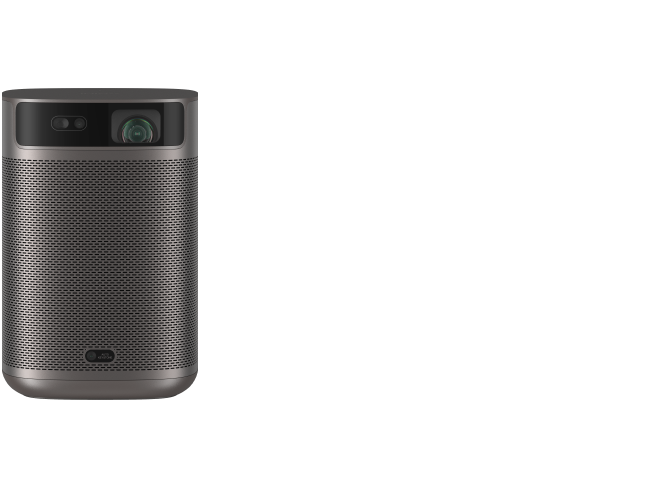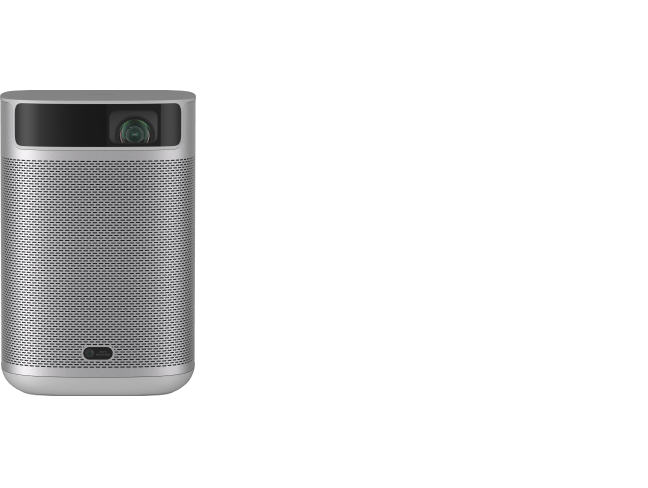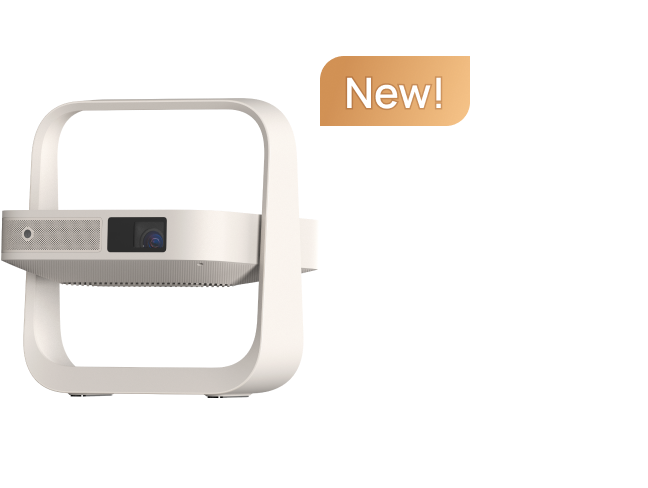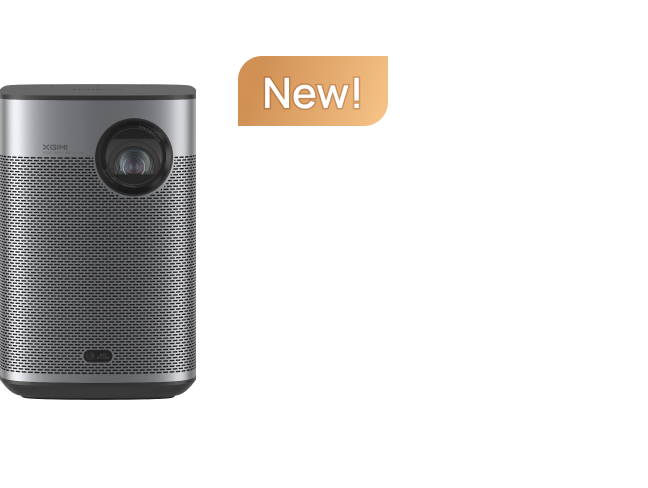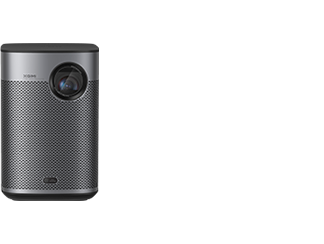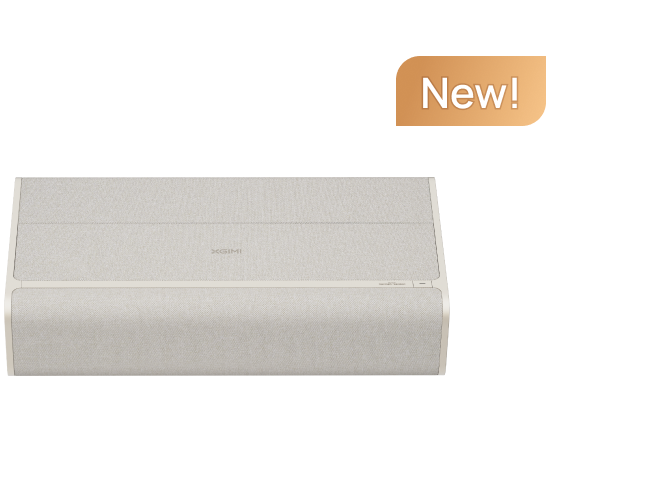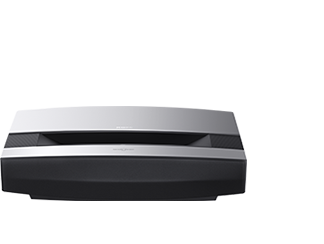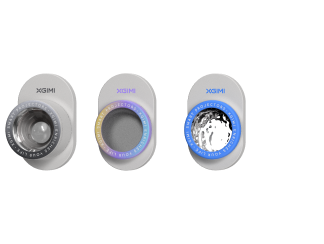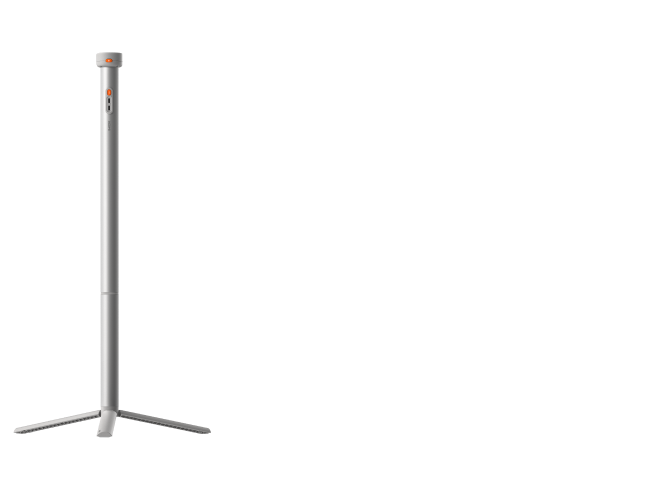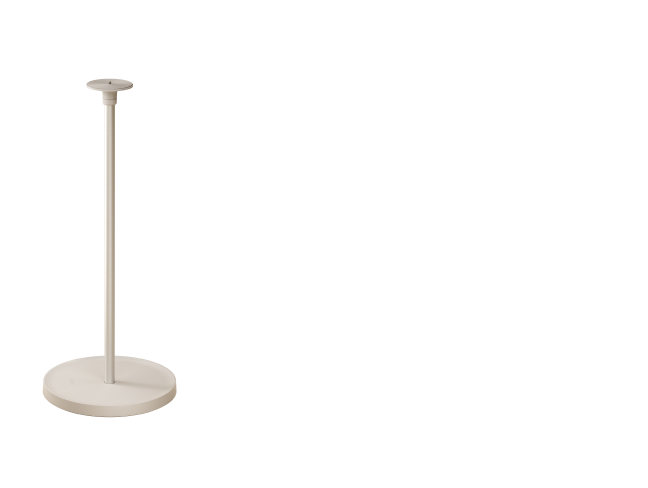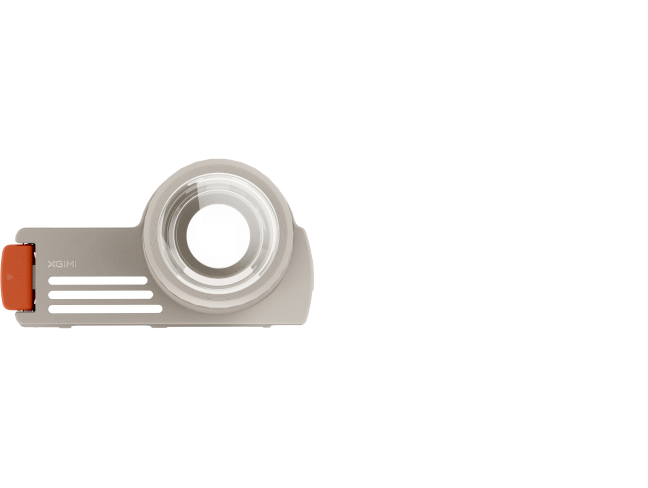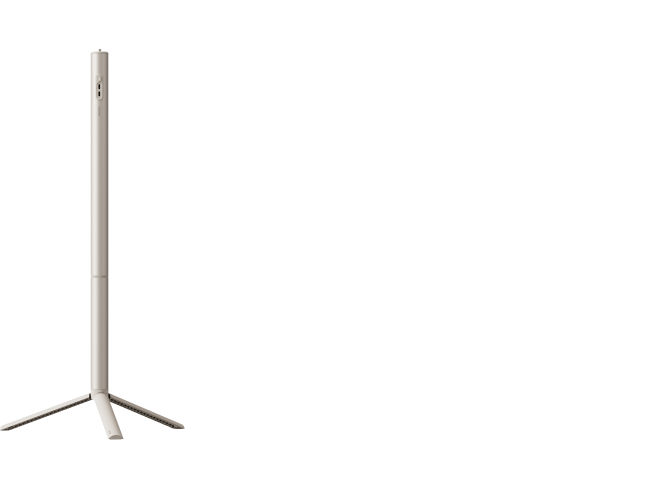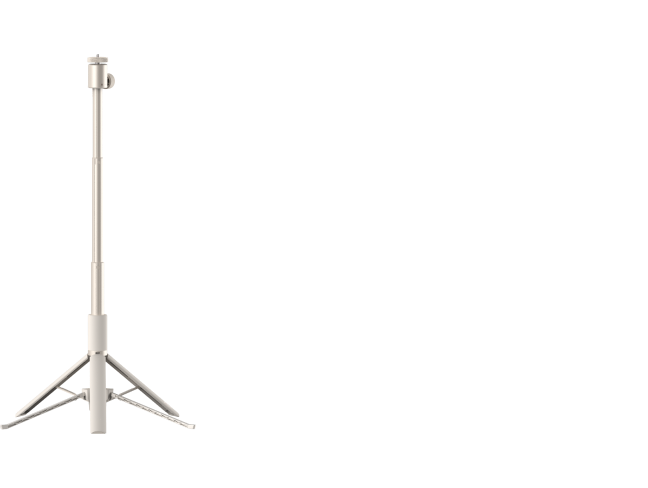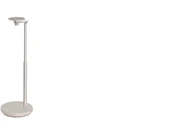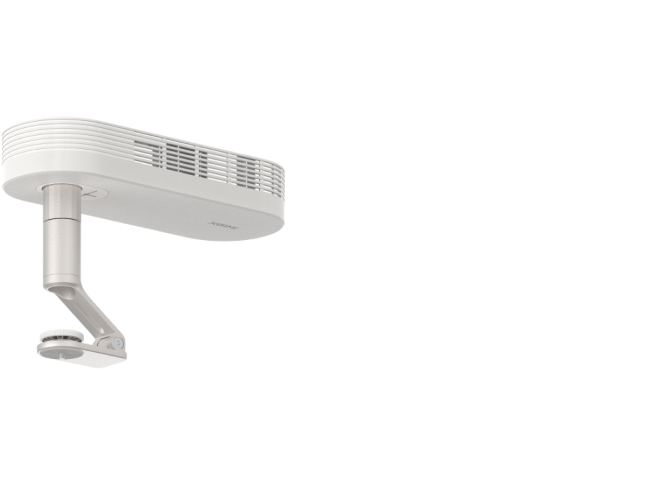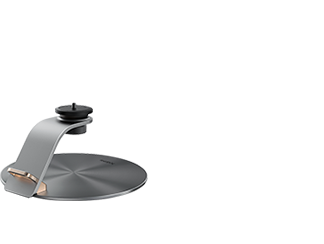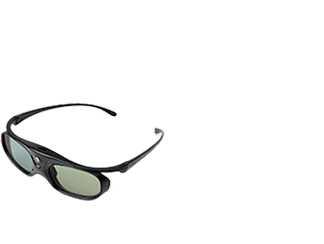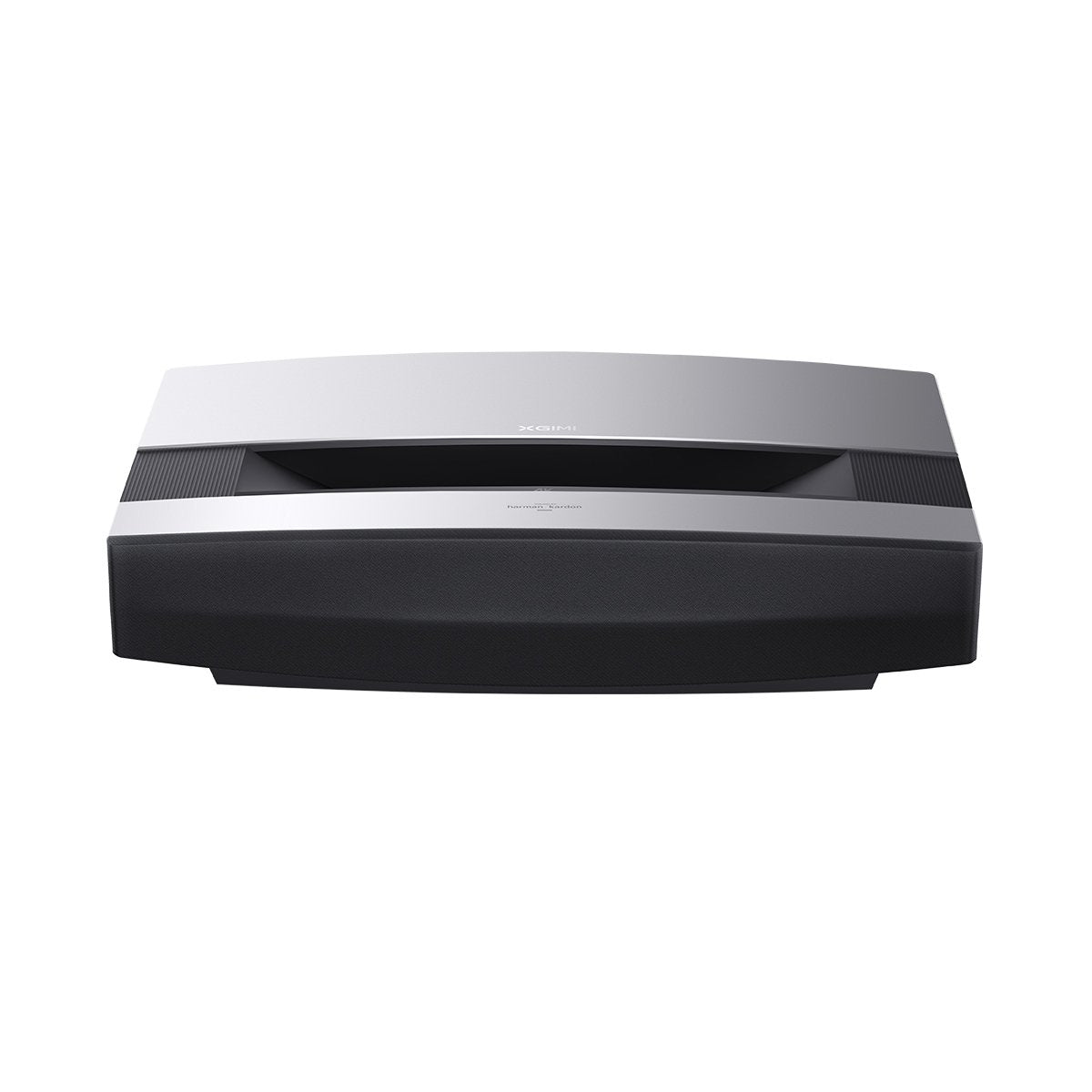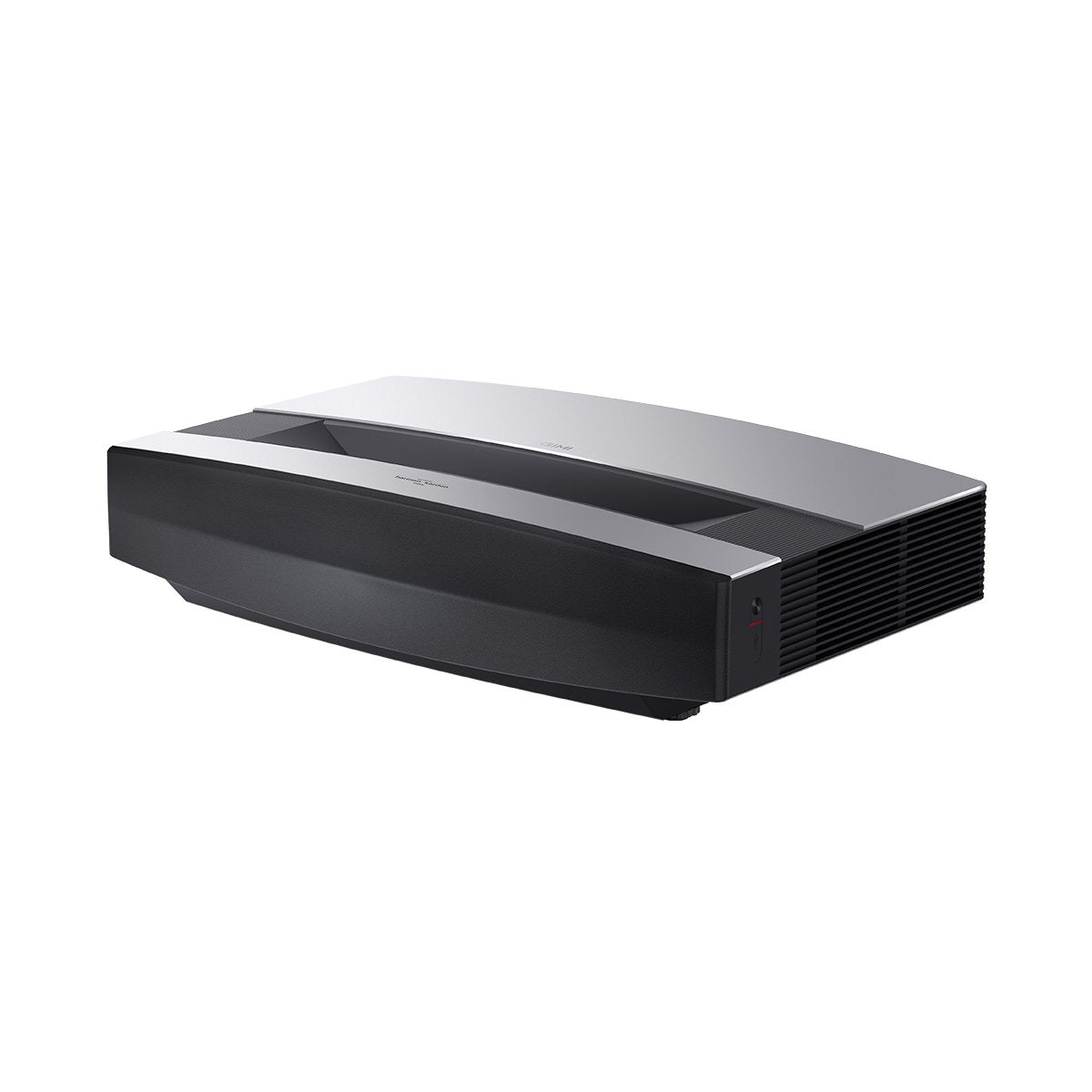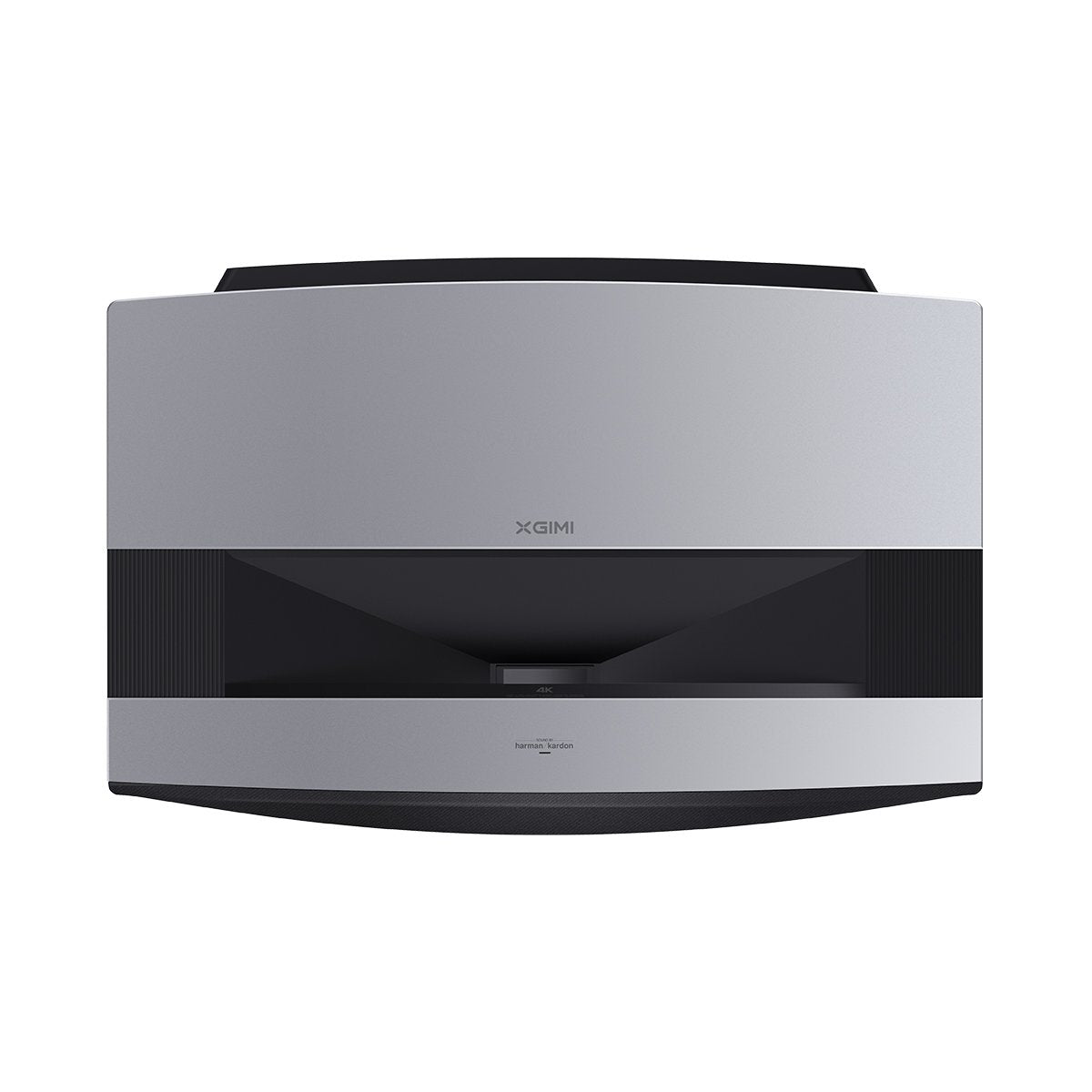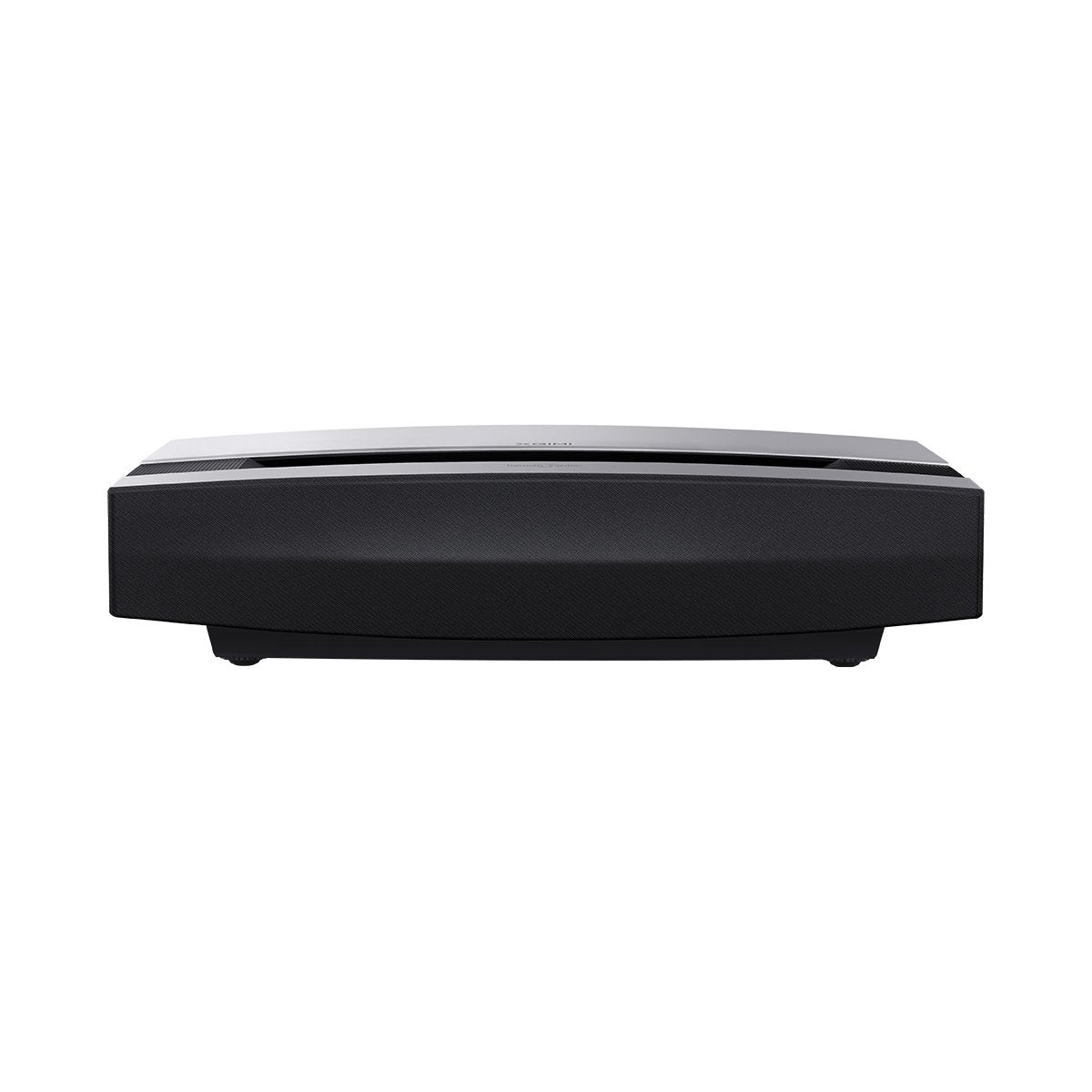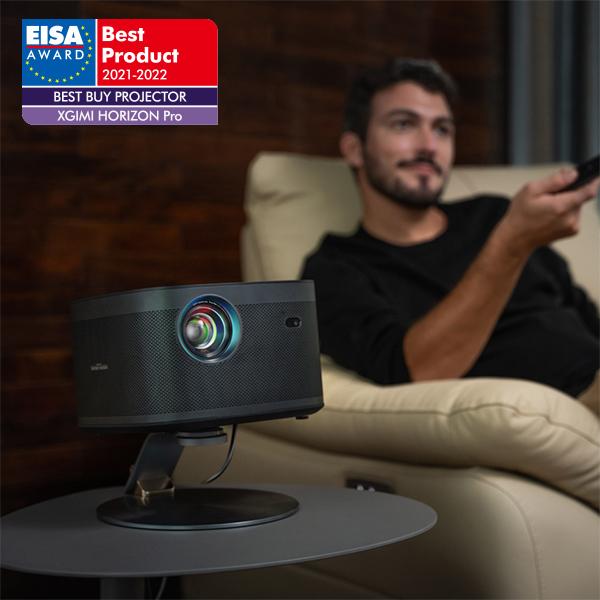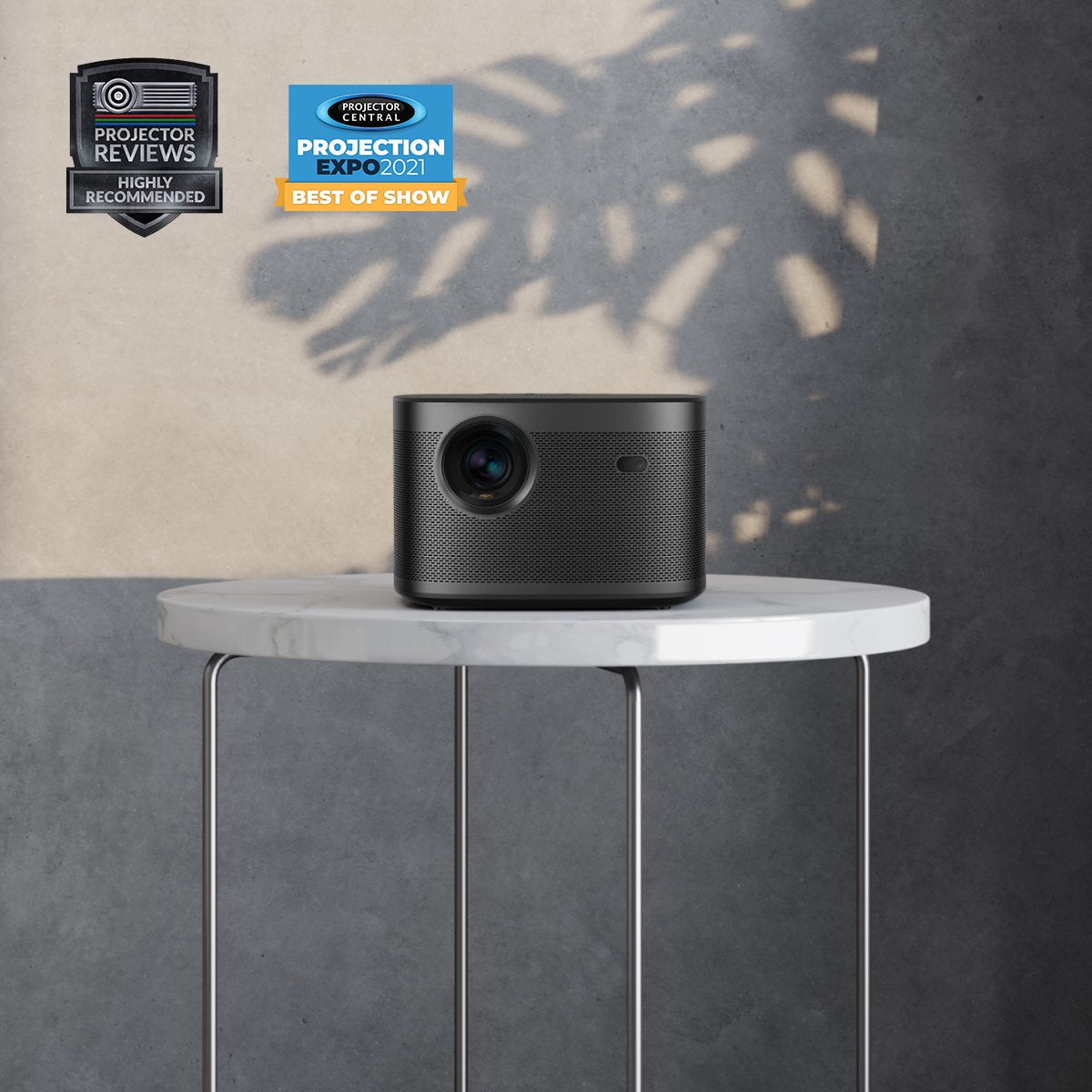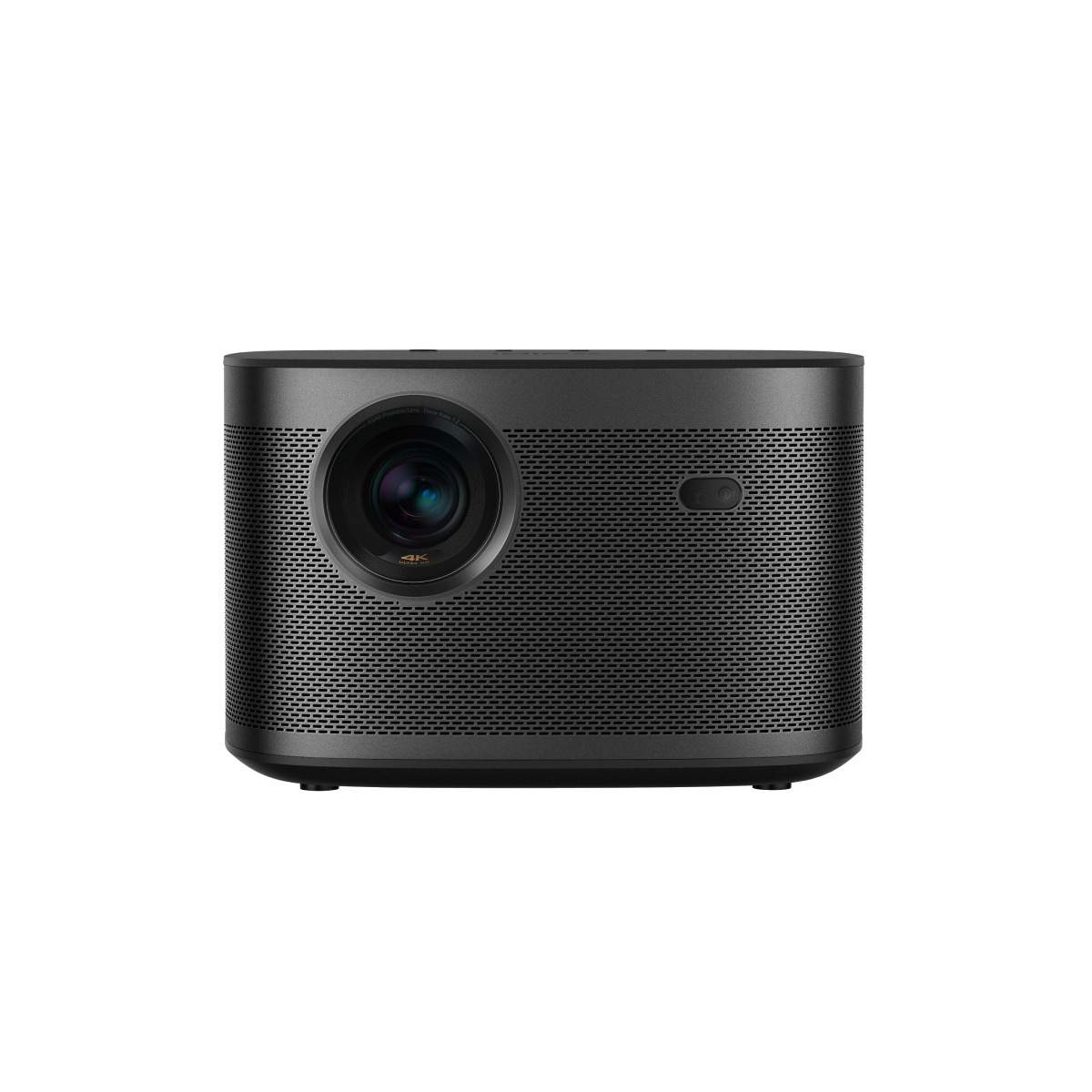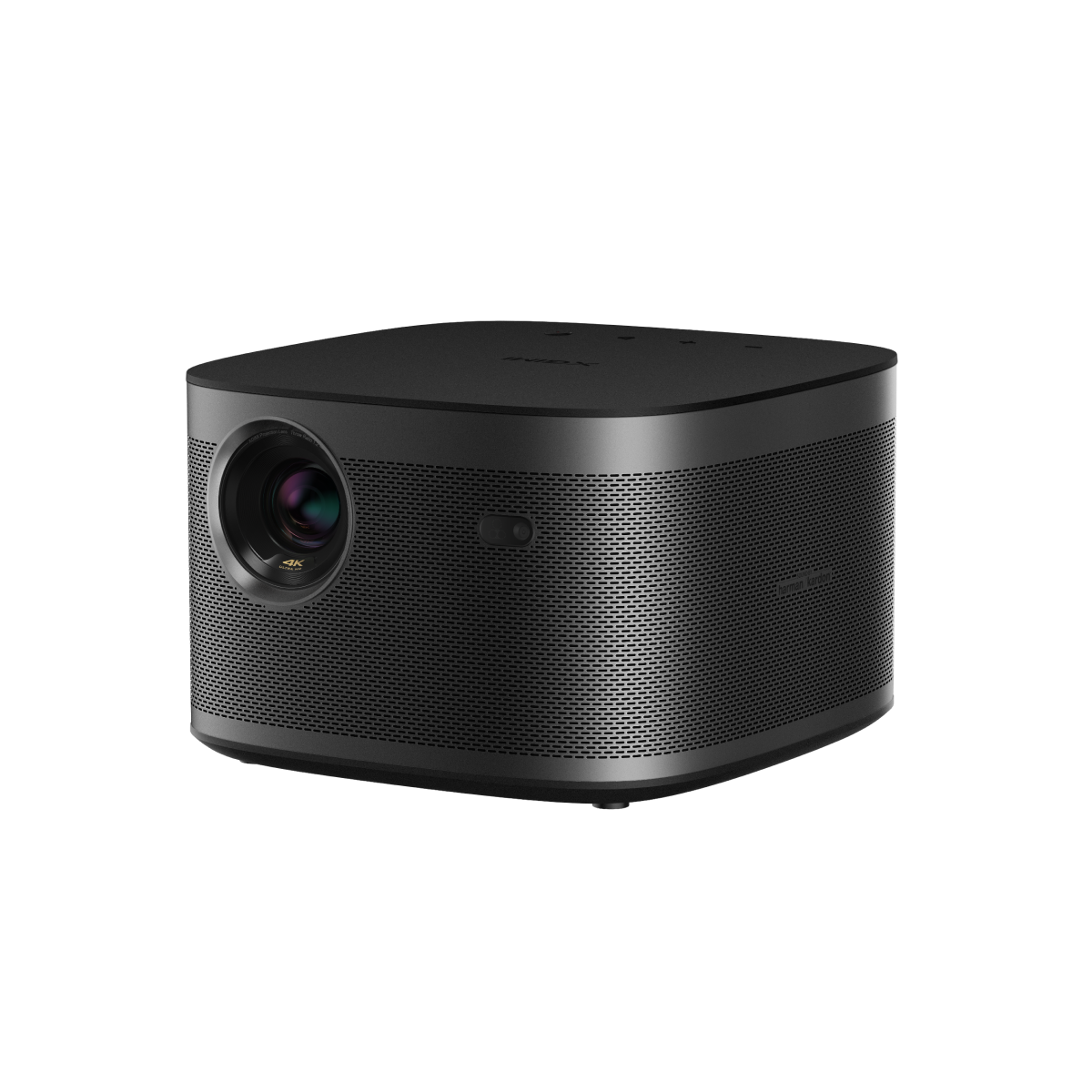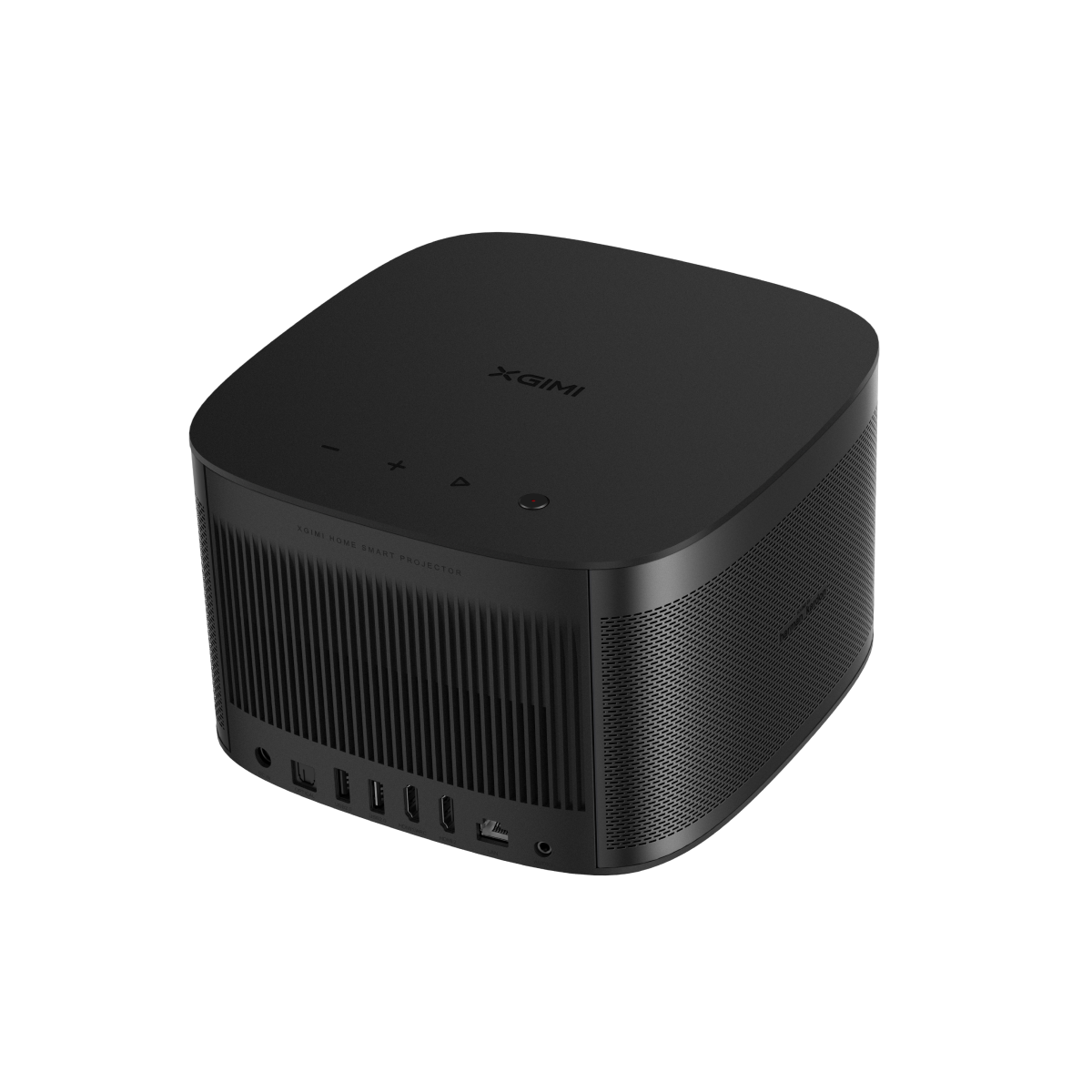Blue Light And Its Impact On Eye Health
By XGIMI Tech - 2022-01
The Complex Nature Of Blue Light
Harking back to your school days, you can recall the teacher explaining to you about light being electromagnetic (EM) radiation visible to the naked eye. Electromagnetic (EM) radiation covers a vast spectrum of different types of radiation, including visible light. You can measure light by its wavelength in nanometers (nm). The visible light comprises a minuiscule range of wavelengths between 400nm and 700nm. At the low end is the violet color and at the high end is the red color. You can visualize this better when you see a rainbow, with the violet at the bottom and red at the top of the rainbow with the other colors between these two colors.
A characteristic of visible light is the transmission of energy in relation to its wavelength. Blue light with short waves transmits more energy than light with longer waves. Being at the low end of the visible light spectrum, blue light comprises very short, high-energy waves. Together with blue-turquoise light and blue-violet light, blue light occupies about one-third of the visible light spectrum. Blue light is visible in daily life through many sources. They include sunlight, artificial lighting systems and electronic devices such as computer monitors, mobile devices, projectors, and TVs
Benefits Of Blue Light
Contrary to popular belief, exposure to blue light benefits human beings in many ways:
- Helps maintain overall health
- Boosts alertness
- Aids memory and cognitive functions, uplifts mood, and regulates biological rhythms such as the circadian rhythm, which governs the natural wake and sleep cycle in human beings
- Is omnipresent and continues to offer its benefits every moment
- The sun’s blue light is a major source of strength for the growth and development of the eyes and vision in children
- Suppresses myopia progression
- Useful in phototherapy treatment using blue light waves to reduce high levels of bilirubin in newborns
- Useful in phototherapy treatment using blue light waves to psoriasis, rosacea, acne, and other skin conditions
- Useful in treating Seasonal Affective Disorder (SAD), a condition caused by the absence of sunlight during winter months
Harmful Effects Of Blue Light
Although the Blue Light offers the above-mentioned benefits, too much constant exposure to it is harmful to humans. This is akin to the harmful effects on humans when exposed to UV radiation and X-rays.
Your eyes are the most affected by constant exposure to blue light. The eyes are poor at blocking blue light despite the light passing through the protective cornea and lens allowing the light to reach the retinal cells that convert light for the brain to process into images. This primarily causes retinal cell damage, leading to diseases such as retinal degeneration and age-related macular degeneration.
Some of the other deleterious effects of blue light on the eyes include:
- Higher risk of cataract, eye cancer, and growth on the clear covering over the white part of the eye
- Affects children more than adults
- Constant exposure to digital devices causes eye strain due to the easier scatter of blue light than other visible light
- Users of digital devices blink less, which contributes to dry eyes and eye strain
Blue light also contributes to sleep disorders. While the blue light from the sunlight does help to regulate the circadian rhythm (because there is no sunlight at night), the blue light from the overuse of digital devices at night will upset the circadian rhythm deceiving your body to think it is still daylight. This can cause sleep disorders because of the suppression of melatonin (a hormone that makes you feel drowsy).

How To Reduce The Harmful Effects Of Blue Light
The best thing is to eliminate or reduce the source of blue light. It is the law of nature to have day and night and by this law, you do not have blue light in the night. Because you have artificial lighting and electronic devices, you have to suffer the effects of blue light. It is in your hands to cut off the source of blue light at night. If you cannot, you perhaps have to alter your lifestyle to reduce the exposure to blue light.
You can follow some of these steps to minimize the effect of blue light:
- Plan to avoid using electronic devices two to three hours before bedtime. Research shows that reading on an electronic device such as Kindle before retiring is more harmful than reading a traditional book.
- Use blue-light filters for your smartphone, tablet, and computer screens. You can also use blue light glasses if you are working in the night shift.
- If you use night lights, use red light, which is less harmful.
- Take a break at regular intervals to relax your eyes for a brief period and look away from any source of blue light. When you are in the presence of blue light sources, you can use the most popular 20-20-20 strategy, where you halt your work in front of the device after 20 minutes, stare at an object 20 feet away for 20 seconds, and return to your work thereafter. Repeat this routine until you are done for the day.
- Buy electronic devices that have brightness control.
- Plan the amount of exposure to electronic devices in a day you think is safe for you, and stick to the plan.
- Use anti-glare glasses during the day to reduce exposure to blue light and glare.
- If you are undergoing cataract surgery, check with your doctor to choose the intraocular lens (IOL) that will help you to protect your eyes from UV and blue light.
- If you wear correction glasses, get your doctor to prescribe ones suitable for close viewing.
- Check your eyes regularly and clean them periodically.
- Visit your doctor for regular eye check-ups.
- If you were to choose between TV vs. projector to watch a movie, choose a projector that offers you and your children better eye protection.
XGIMI’s Safe Viewing Projectors
Watching something on a projected screen is similar to looking at the moon at night. The moon reflects the sunlight, and you can actually see the moon without any strain. Of course, you cannot stare directly at the sun without harming your eyes. Similarly, when you watch the projected screen you are seeing watching images thrown by the projector. In fact, if you were to choose between TV vs. projector, watching a movie projected on a screen is less harmful because the projected screen is an indirect source of light whereas the light source from the TV is the source itself. Projectors offer better eye protection than TVs.
The XGIMI AURA and XGIMI HORIZON Pro projectors offer eye protection features that reduce the effect of blue light on your eyes.
XGIMI AURA - 4K Ultra Short Throw Laser Projector
The XGIMI AURA projector hosts a diffuse reflection-imaging feature that eliminates blue light from reaching your eyes and harming them. This feature helps to avert a bright spot on the screen along the line of sight, an attribute known as hot spotting.
The XGIMI AURA also boasts an integrated automatic light dimmer to dim the laser when the advanced IR sensors recognize the existence of any obstacle that could harm the eyes. More so when someone gets too close, the light dims, helping to protect eyes of kids and pets.
XGIMI HORIZON Pro - 4K Long-Throw Home Projector
The XGIMI HORIZON Pro comes with two advanced features to keep viewers safe from the effects of blue light.
The first one is the AI brightness feature, hosting an integrated optical sensor that detects objects and ambient light variations.The AI technology understands the changes and makes adjustments to ensure integrity of brightness and color. Often, viewers will not even know that the ambient light has changed, as the image stays constant as far as brightness and color is concerned.
The second one is the TÜV Rheinland low blue light certification for common concerns of blue light content, flicker and high-quality imaging. This certification means that there is blue light reduction in the display, no image flicker, and the image’s visual quality is high. The two main advantages to the viewer are eye protection and the constancy of the display quality, even when changing body position.
These two projectors for eye health help you to minimize the effect of the blue light.
Beyond Blue Light
Blue light is short, high-energy waves that can transmit high energy, harming and benefiting humans.
Blue light is visible in daily life through many sources such as sunlight, artificial lighting systems and electronic devices.
Blue light helps people to be alert during the day. Its absence during the night helps them feel drowsy to be able to sleep. It also helps children to develop their vision and eyes. Doctors use blue light to treat various health conditions.
Blue light affects people in many ways such as causing several types of diseases (macular and retinal degeneration) when exposed to blue light for long periods of time. It also causes sleep disorders due to the over exposure to blue light.
Projectors use light sources that also generate blue light. However, they project a screen and the viewers see the light projected on the screen, which is secondary.
XGIMI offers two projectors – the AURA and the HORIZON Pro – that have features to reduce the blue light, protecting the viewers from its harmful effects. So it is very suitable as a gift for children.
Related Products
Enjoy $30 off Your Next Purchase
Be the first to know about any news and sales!
*By subscribing, you agree to receive XGIMI's marketing emails and XGIMI's Privacy Policy.

